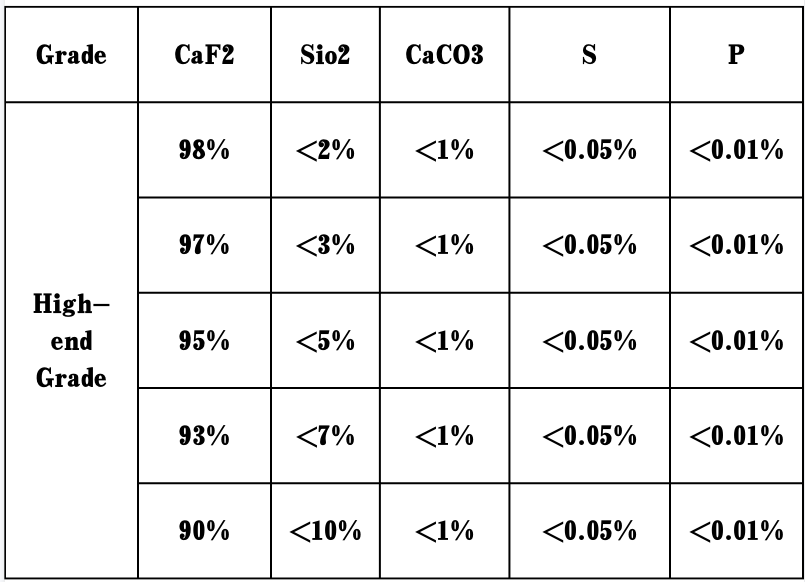
OEM Manufacturer Specializing in Silica Fume and Fly Ash for Construction Applications and Solutions
The Role of OEM Silica Fume and Fly Ash in Modern Construction
In the ever-evolving landscape of construction materials, the utilization of by-products like silica fume and fly ash has become increasingly crucial. As the demand for sustainable practices grows, manufacturers have started to leverage these materials to enhance the performance and longevity of concrete. This article explores the significance of OEM silica fume and fly ash, highlighting their benefits and the role of manufacturers in this burgeoning market.
What is Silica Fume?
Silica fume, a by-product of silicon and ferrosilicon alloy production, consists of very fine particles predominantly made of silica (SiO2). These fine particles have a high surface area that contributes significantly to the properties of concrete. When incorporated into concrete mixtures, silica fume can improve compressive strength, durability, and resistance to chemical attacks. This enhancement is particularly beneficial for structures that are exposed to harsh environments, such as bridges, pavements, and industrial facilities.
Understanding Fly Ash
Fly ash is generated from the combustion of coal in power plants. Like silica fume, it also serves as a supplementary cementitious material (SCM) in concrete. Fly ash contains pozzolanic properties, which enable it to react with calcium hydroxide in the presence of water to form additional cementitious compounds. This reaction not only improves the material's strength and durability but also enhances workability, reducing the need for additional water in the mix.
Benefits of Using Silica Fume and Fly Ash in Concrete
1. Enhanced Strength and Durability Both silica fume and fly ash have been shown to significantly improve the compressive strength of concrete. Silica fume, in particular, provides a denser microstructure, reducing permeability and increasing resistance to aggressive chemicals.
oem silica fume and fly ash manufacturer

2. Sustainability Utilizing by-products like silica fume and fly ash reduces the reliance on traditional cement, which is energy-intensive to produce. This not only lowers carbon emissions but also promotes recycling and waste management initiatives within the industry.
3. Cost-effectiveness Incorporating these materials can lead to cost savings. By replacing a portion of cement with silica fume or fly ash, manufacturers can lower material costs while maintaining or improving the performance of concrete.
4. Improved Workability Fly ash, as a fine material, can enhance the flow and workability of concrete mixes, making them easier to place and finish. This can lead to increased efficiency in construction processes.
The Role of OEM Manufacturers
Original Equipment Manufacturers (OEMs) play a pivotal role in the production and supply of silica fume and fly ash. These manufacturers are responsible for ensuring the quality and consistency of the materials they produce. By adhering to international standards and conducting rigorous quality control tests, OEMs help to guarantee that their products meet the specific requirements of construction projects.
Moreover, OEM manufacturers facilitate innovation in the construction sector by developing customized blends of silica fume and fly ash tailored to specific applications. This adaptability is crucial in meeting the diverse needs of architects, engineers, and builders who strive for optimal performance in their projects.
Conclusion
The integration of OEM silica fume and fly ash into concrete not only enhances its performance but also promotes sustainability in the construction industry. As manufacturers continue to innovate and improve these supplementary materials, the future of construction looks promising. By embracing these by-products, the industry can move toward a more sustainable, efficient, and resilient future, reducing its environmental footprint while delivering high-quality infrastructure.
Share
-
Premium Pigment Supplier Custom Solutions & Bulk OrdersNewsMay.30,2025
-
Top China Slag Fly Ash Manufacturer OEM Factory SolutionsNewsMay.30,2025
-
Natural Lava Rock & Pumice for Landscaping Durable Volcanic SolutionsNewsMay.30,2025
-
Custom Micro Silica Fume Powder Manufacturers High-Purity SolutionsNewsMay.29,2025
-
Custom Mica Powder Pigment Manufacturers Vibrant Colors & Bulk OrdersNewsMay.29,2025
-
Custom Micro Silica Fume Powder Manufacturers Premium QualityNewsMay.29,2025






